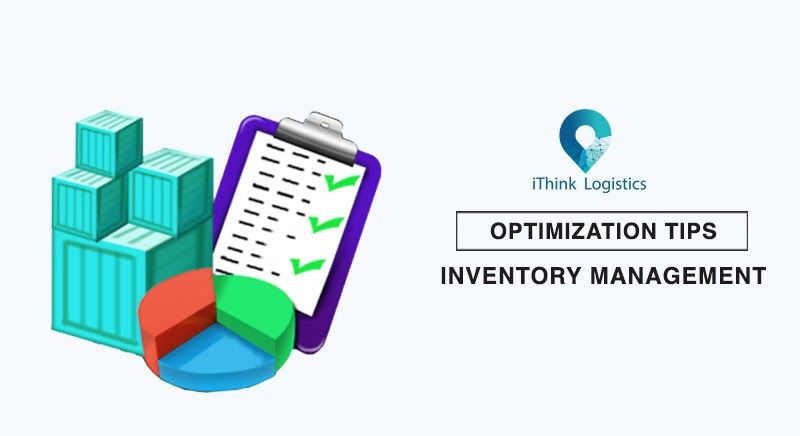Inventory management is a crucial aspect of any business, especially in the tech industry where products are constantly evolving and new technologies are being introduced. Efficient inventory management can help businesses reduce costs, increase profitability, and improve customer satisfaction.
Challenges in Inventory Management
One of the biggest challenges in inventory management is the risk of overstocking or understocking items. Overstocking leads to excess inventory, which ties up capital and increases storage costs. On the other hand, understocking can lead to lost sales and disappointed customers.
Optimizing Inventory Levels
To optimize inventory levels, businesses can use data analytics to forecast demand more accurately and adjust their inventory levels accordingly. By utilizing inventory management software, businesses can track sales trends, monitor stock levels, and automate reorder processes.
Just-in-Time Inventory
One strategy that many tech companies use to optimize inventory management is the just-in-time (JIT) inventory system. JIT inventory helps businesses minimize holding costs by only ordering products when they are needed for production or sale. This can help reduce inventory carrying costs and improve cash flow.
Supplier Relationships
Building strong relationships with suppliers is also essential for optimizing inventory management. By partnering with reliable suppliers, businesses can ensure timely deliveries, negotiate better terms, and reduce lead times. This can help businesses maintain optimal inventory levels and reduce the risk of stockouts.
Automation and Technology
Implementing automation and technology solutions can also help businesses optimize their inventory management processes. Inventory management software can help businesses track stock levels in real-time, automate reorder processes, and generate reports for better decision-making. RFID technology can also help businesses track inventory more accurately and efficiently.
Continuous Improvement
Optimizing inventory management is an ongoing process that requires continuous improvement. Businesses should regularly review their inventory management practices, analyze key performance indicators, and identify areas for optimization. By continuously monitoring and adjusting inventory levels, businesses can improve cost efficiency and streamline their operations.
Conclusion
Optimizing inventory management for cost efficiency is essential for tech businesses looking to reduce costs, improve profitability, and enhance customer satisfaction. By using data analytics, implementing just-in-time inventory systems, building strong supplier relationships, leveraging automation and technology, and prioritizing continuous improvement, businesses can optimize their inventory management processes and achieve cost efficiency.

